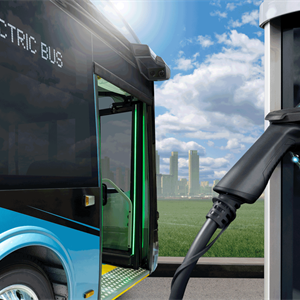End of an era – UK’s last coal-fired power plant will shut for good on 30 September
Ratcliffe-on-Soar power station in Nottinghamshire will close at the end of September after nearly 60 years. It dominates the East Midlands skyline for miles around with its eight cooling towers and 199-metre-tall chimney. The power station began generating electricity in 1968 with a capacity of 2,000MW, enough to power two million homes. Now, 56 years later, decommissioning will begin in two weeks, signalling the end to polluting coal-powered electricity in the UK. It also signals the end of an era to those residents who live close to it. Talking to news agency AFP, David Reynolds remembered the site being built as a child. “It'll seem very strange because it has always been there,” he said. “When I was younger you could go down certain parts and you saw nothing but coal pits.” …























